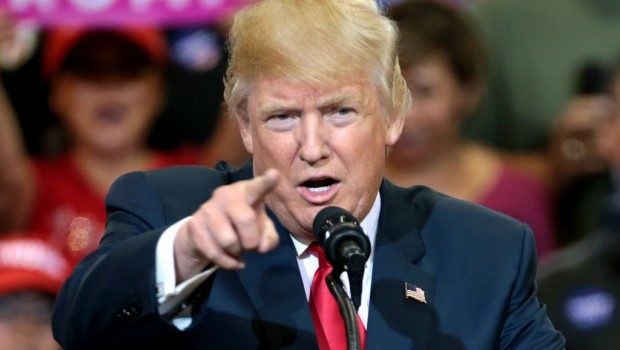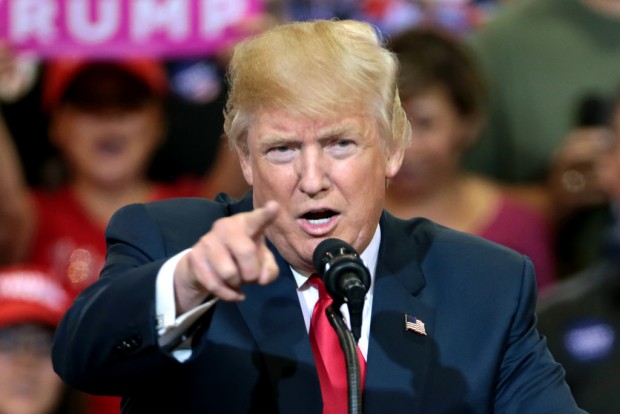


During Obama’s last year in office, the U.S. Federal deficit was $587 billion. Trump’s first year of presidency brought that number to $666 billion. It is now projected that the 2018 deficit could raise to $1 trillion, if not more as President Trump has proposed a $4 billion budget. Spending costs are projected to only increase. Unlike the plan Trump released last year, this year’s plan does not come close to promising a balanced federal ledger even after 10 years.
The spending spree, along with last year’s tax cuts, has the deficit moving sharply higher with Republicans in control of Washington.
“A lot of presidents’ budgets are ignored. But I would expect this one to be completely irrelevant and totally ignored,” said Jason Furman, a top economic adviser to President Barack Obama. “In fact, Congress passed a law week that basically undid the budget before it was even submitted.”
2019’s budget was previewed on Sunday. Attention was focused on Trumps’ $1.5 trillion plan for the countries failing infrastructure. He also will ask for a $13 billion increase over two years for opioid prevention, treatment and long-term recovery. A request of $23 billion for border security, including $18 billion for a wall along the U.S.-Mexico border and money for more detention beds for detained immigrants, is also part of the budget.
Mick Mulvaney, the former tea party congressman who runs the White House budget office, said Sunday that Trump’s new budget, if implemented, would tame the deficit over time.
“The budget does bend the trajectory down, it does move us back towards balance. It does get us away from trillion-dollar deficits,” Mulvaney said on Fox News Sunday.
“Just because this deal was signed does not mean the future is written in stone. We do have a chance still to change the trajectory. And that is what the budget will show tomorrow,” he said.
Presidential budgets tend to echo many of the same elements year after year. Although details aren’t out yet, Trump’s budget is likely to curb stomp insurance costs, cut student loan subsidies, reduce pension benefits for federal workers, and cut food stamps, among other proposals.
